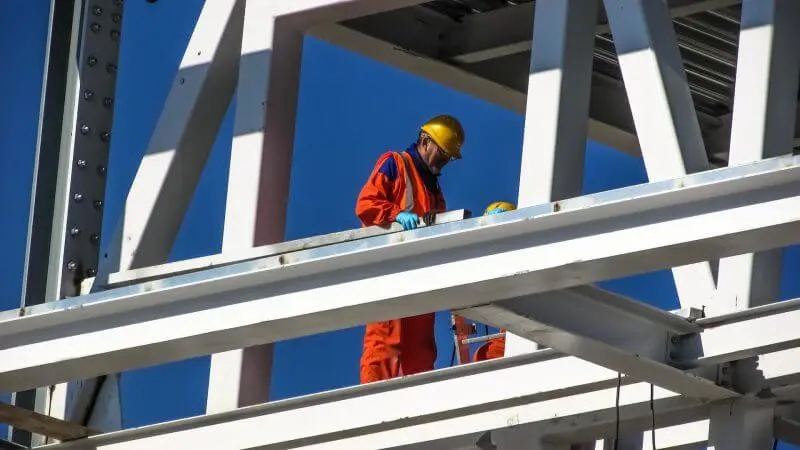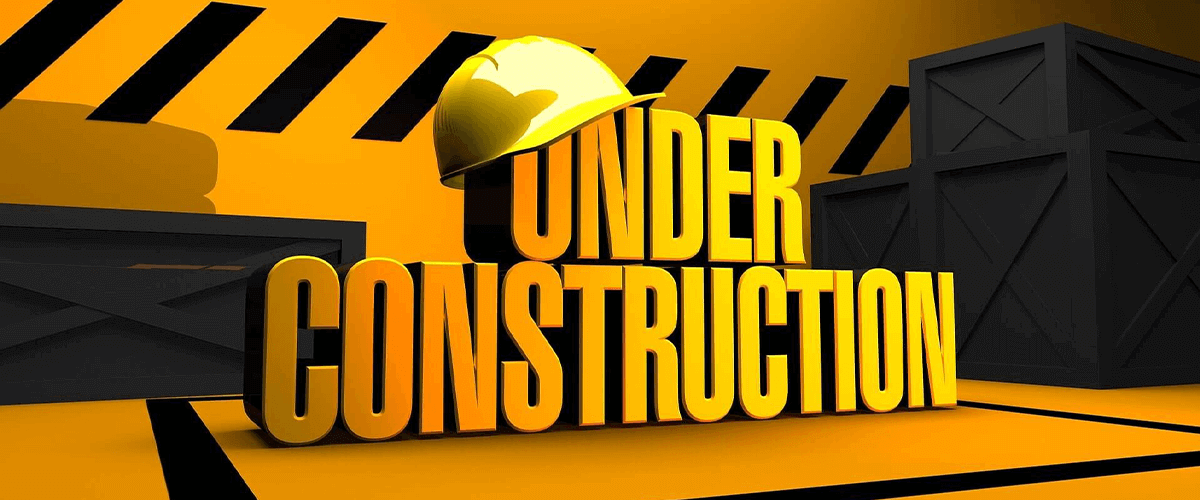The construction industry is home to some of the most dangerous jobs in the world. While the number of on-the-job fatalities has dropped in recent decades, many construction-related careers fall on AdvisorSmith's list of the most dangerous jobs in the United States based on information collected from the Bureau of Labor Statistics.
Building Information Modeling, or BIM, is a software system growing in popularity for several reasons. While it's useful for improving jobsite efficiency and profit margins, it's also becoming an invaluable tool for jobsite safety. How is BIM making construction sites safer?
Automated Safety and Logistics
Safety is at the forefront of everyone's mind, especially on construction sites. Unfortunately, it's easy to overlook common safety concerns that get built right into the project's schedule. Instead of going over every aspect of the schedule, BIM simulations make it easy to identify and prevent these common safety concerns during the planning stages of the project.
One case study in Finland found that BIM was both practical and effective for preventing fall-related hazards in construction projects. By creating a program to analyze these models during the planning stages, company owners and safety specialists can help prevent accidents before the first employee ever reaches the jobsite.

Detailed Safety Modeling
Sometimes you need someone to paint you a picture before you understand the safety risks associated with a construction project.
Instead of pointing at 2D blueprints and warning employees away from hazard zones where they might end up injured, using BIM for safety modeling lets you and your team walk through all the potential safety hazards using high-resolution 3D imagery.
Making hazards more real and less hypothetical helps all stakeholders stay safe on the jobsite.
Integrated Workflows
Every job and every task on a construction site has its own workflow. While most will work seamlessly with one another, you'll occasionally find something that clashes. This can cause costly downtime or even result in on-the-job injuries. It's hard to predict these workflow collisions, especially if you're looking at the job as a whole, because of the sheer amount of data you're trying to sort through.
Instead of tripping over each other's feet, a BIM-based workflow plan allows teams to work seamlessly together. One study found that it's not only possible to implement BIM for construction management and workflow --- it's also highly useful in these applications.
Some of the most common workplace safety and health risks happen because of someone stepping on someone else's toes or working in an area that's unsafe for pedestrians, especially when heavy equipment is involved.

Model-Driven Prefabrication
Prefabrication is becoming a popular choice for construction. It allows companies to model some or all of the components they need to complete a project. Then, each prefabricated section can get shipped to the jobsite and assembled in a fraction of the time traditional construction methods require.
Incorporating BIM into this new construction method allows companies to include prefabrication in the planning phase of each project. Instead of working from a static blueprint, this seamlessly incorporates the prefabricated pieces into the design. From a safety standpoint, this allows supervisors and project planners to understand precisely how these pieces fit into the project as a whole.
Scenario Planning
Weather and other scenarios are often problematic, especially since they're things that we have little to no control over. During the summer, heat can put your team and your equipment at risk, and during the winter, you've got snow, ice and potential frostbite to contend with. In these situations, BIM is a valuable tool for scenario planning.
Using virtual modeling, you can look at a near-infinite number of what-if scenarios to determine the best way to move forward should you encounter one of them. Record-high temperatures might require additional water for employees and awnings or other temporary shaded spaces to keep things cool. Severe weather may throw a wrench into the plans.
BIM allows us to create plans and scenarios for anything that could possibly go wrong, giving us a chance to prepare for anything that could potentially happen on the jobsite.

Automated Compliance Checking
Quality control and compliance are an enormous part of the construction industry. They can also take up an enormous amount of time. While BIM might not replace traditional QA and QC solutions outright, it can pick up some of the slack and make it easier for quality control teams to keep their jobsites safe.
BIMs can be programmed to automate and check quality control imagery and video, comparing it to a set of pre-set criteria and/or rules. It can be as efficient as or even more efficient than human QA and QC team members, by sorting through massive amounts of data in a fraction of the time it would take a human employee to do the same.

Stakeholder Communication
Stakeholders might have a bit of industry knowledge, but we generally don't expect them to understand all the nuances of the construction industry. That makes BIM models ideal for communicating with your stakeholders. Not only are they user-friendly and easy to understand, but you can also make them as simple or as complex as you like.
Don't pull your hair out trying to explain a traditional blueprint or another industry-specific item to a stakeholder whose knowledge of construction is limited. Use the tools you have available to facilitate that communication and make the entire process a little bit easier.
The Future of BIM in Construction
Building Information Modeling is a relatively new technology, but it's quickly emerging as an invaluable tool for various applications. When it comes to jobsite safety, BIM can patch a lot of holes and prevent a lot of problems that might otherwise sneak up on you.
If you haven't already started adopting BIM technology on your sites, consider taking a good look at your current processes to see where you could improve them with a bit of help from a reliable software modeling program, such as BricsCAD® BIM.


